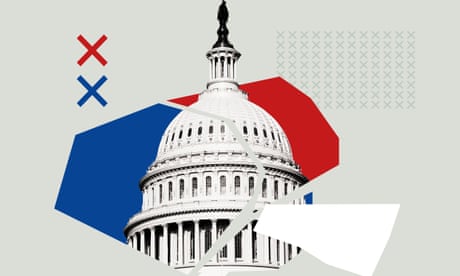- by foxnews
- 08 Apr 2025
US midterm elections results 2022: live
US midterm elections results 2022: live
- by theguardian
- 13 Nov 2022
- in news

All 435 seats in the lower chamber of the federal congress, the House of Representatives, are re-elected every two years. (There are no term limits, and incumbents are often returned, so there is substantial continuity in the membership). House seats are broadly proportional to population, so California has lots of seats but Montana only a few.
The upper chamber, the Senate, has 100 seats; two for each state, however populous. In every even-numbered year, roughly one-third of senators are elected for a six-year term. Legislation has to pass both chambers to become law. Senators have some additional responsibilities compared with their colleagues in the House; chiefly these have to do with confirming (or not) presidential appointments.
Governors are not part of Congress. Their impact is mostly local to their own state, but because they can affect electoral law or practice, they can affect future federal elections.
Going into the election the Democratic party of the president, Joe Biden, controlled both chambers of Congress, but by very narrow margins. In the Senate, a 50-50 split would mean a casting vote went to the vice-president, Kamala Harris. (In practice the casting vote more often went to Joe Manchin, a Democratic senator representing a largely Republican state).
These elections are called midterms because they happen in the middle of a four-year presidential term. They are difficult for sitting presidents because the presidential party often does badly in them, and because losing control of Congress makes it more difficult for the president to pursue his or her agenda.
- by foxnews
- descember 09, 2016
Ancient settlement reveals remains of 1,800-year-old dog, baffling experts: 'Preserved quite well'
Archaeologists have recently unearthed the remarkably well-preserved remains of a dog from ancient Rome, shedding light on the widespread practice of ritual sacrifice in antiquity.
read more


